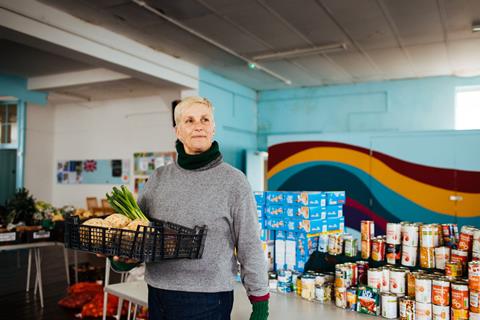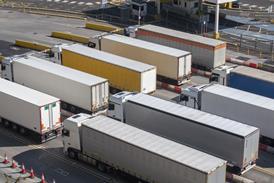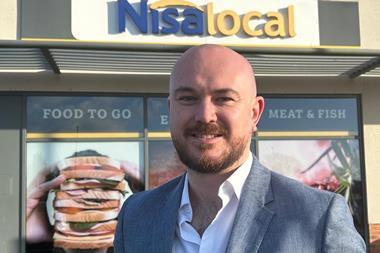
Many grocery CFOs are increasingly recognising the commercial rationale for investing in social impact. From redistributing surplus food to partnering with local causes, they have seen firsthand that doing good can also be good for business.
Social impact can contribute to the bottom line through reduced waste, improved staff retention and a boosted reputation.
Yet, in some organisations, social impact programmes still struggle to scale and their budgets can come under pressure during times of uncertainty. But this isn’t because finance leaders lack empathy or awareness. More often, it’s because the case for social investment isn’t positioned in a way that aligns with how financial decisions are made.
To ensure sustained investment in social initiatives and link them to real-life outcomes, grocery ESG, CSR, and social impact teams need to work closely with finance from the outset – embracing shared ambitions, mapping out measurable outcomes, and building a shared view of strategic value.
Tangible outcomes
Too often, social impact is pitched as a moral imperative, with perceived benefits focused on brand reputation, community goodwill, or the ‘fuzzy feeling’ that comes from doing the right thing. While these outcomes matter, they don’t always carry weight when grocers are balancing cost, risk, compliance, and performance.
CFOs already recognise the importance of social impact. And new requirements like the Corporate Sustainability Reporting Directive (CSRD) are raising the bar for how businesses measure and disclose their social and environmental impact.
What’s needed is a structured, business-led case that translates purpose into tangible, reportable outcomes – making it easier for finance and ESG leads to align on priorities and collaborate effectively.
When embedded into core operations from the outset, social impact can become a contributor to business performance, not a parallel concern.
M&S’s partnership with Neighbourly is a good example of social impact returning measurable results. Through the platform, M&S has donated nearly 120 million surplus meals, over 7,000 volunteering hours, and over £6.8m of localised financial donations. These meaningful community outcomes demonstrate how social impact can be delivered at scale.
Employee involvement in local programmes can also strengthen organisational resilience. Staff engaged in community activity often develop key skills and feel more connected to brand values – making them more likely to stay. These are markers of both cultural and commercial strength, recognised by finance and people teams alike.
Social and store insights
Ultimately, what gives social impact weight in commercial decision-making is precision. CFOs don’t just need a compelling narrative, they need store-level insights that link investment to measurable outcomes.
Teams should be able to say: “Store X redistributed X surplus meals last month via partner Z, saving £A in disposal costs, supporting B meals, contributing C% to ESG targets and saving £D in colleague time.”
This makes impact tangible, reportable, and scalable. It also enables finance and ESG leads to model ROI region by region – turning social impact from a central initiative into a distributed capability with clear operational value. The opportunity here isn’t to convince finance of social impact’s worth – it’s to build joint ownership of outcomes from the start.
Finance and ESG teams already share objectives like efficiency, resilience, compliance, and long-term value. By approaching social impact as a shared strategic function – complete with tight reporting, local delivery, and performance insight – retailers can unlock greater value, both for their business and the communities they serve.
In a sector where margins are tight and community expectations are rising, this kind of alignment isn’t just helpful, it’s fundamental.
Steve Butterworth, CEO at Neighbourly



















No comments yet